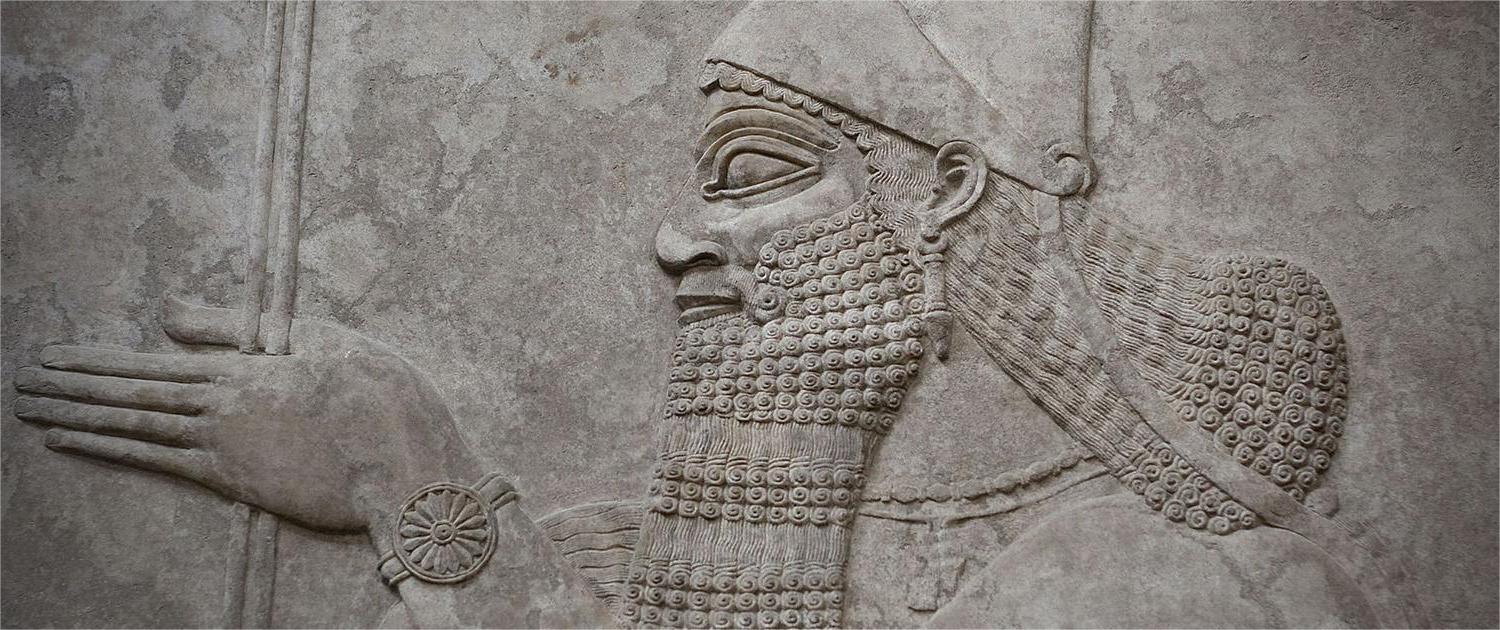
Zunism is a fascinating ancient religion that once thrived in parts of Afghanistan and Iran. Rooted in the worship of the sun god, Zun, this belief system offers a unique glimpse into early spiritual practices. Did you know that Zunism predates Islam in the region? This religion influenced local cultures and traditions significantly. One intriguing fact is that the main temple dedicated to Zun was located in what is now modern-day Afghanistan. Curious about the rituals and symbols associated with Zunism? This article will uncover 31 captivating facts about this ancient faith, shedding light on its historical significance and cultural impact. Ready to learn more about Zunism? Let's dive into the rich history and traditions of this lesser-known religion.
What is Zunism?
Zunism, an ancient religion, once thrived in the region now known as Afghanistan. It centered around the worship of the sun god, Zun. Let's dive into some fascinating facts about this nearly forgotten faith.
-
Zunism was primarily practiced by the Zunbils, a dynasty that ruled parts of present-day Afghanistan.
-
The sun god Zun was depicted as a golden idol, often shown riding a horse.
-
Zunism's main temple was located in Zamindawar, a region in southern Afghanistan.
-
The religion flourished from the 7th to the 9th century, before the spread of Islam.
-
Zunism combined elements of Hinduism and local tribal beliefs.
The Sun God Zun
The central figure of Zunism, the sun god Zun, played a crucial role in the daily lives of its followers. Here are some intriguing details about this deity.
-
Zun was believed to bring light and warmth, essential for agriculture and survival.
-
Followers offered sacrifices, including animals, to appease Zun and ensure good harvests.
-
The golden idol of Zun was said to have eyes made of rubies, which glowed in the sunlight.
-
Zun was often associated with justice and protection, guarding his devotees from harm.
-
Festivals dedicated to Zun included music, dance, and feasting, celebrating the sun's life-giving power.
Temples and Worship Practices
Zunism had unique temples and rituals that set it apart from other religions of the time. Let's explore some of these practices.
-
The main temple in Zamindawar was a pilgrimage site, attracting worshippers from far and wide.
-
Temples were built with open roofs, allowing sunlight to directly shine on the idol of Zun.
-
Priests, known as Zunbils, conducted ceremonies and maintained the temples.
-
Rituals often involved fire, symbolizing the sun's energy and purity.
-
Devotees wore white garments during worship, representing light and cleanliness.
Influence and Decline
Zunism's influence extended beyond its immediate region, but it eventually declined. Here are some key points about its rise and fall.
-
Zunism influenced neighboring regions, including parts of modern-day Pakistan and Iran.
-
The religion coexisted with Buddhism and Hinduism, sharing some common practices.
-
Zunism's decline began with the Arab conquests in the 7th century.
-
The spread of Islam led to the gradual conversion of Zunism's followers.
-
By the 9th century, Zunism had largely disappeared, with only remnants of its practices surviving.
Legacy of Zunism
Though Zunism is no longer practiced, its legacy can still be seen in various aspects of culture and history. Here are some lasting impacts.
-
The name "Zun" is still used in some place names in Afghanistan.
-
Historical texts and inscriptions provide valuable insights into Zunism's beliefs and practices.
-
Some local festivals and traditions in Afghanistan have roots in Zunist rituals.
-
The golden idol of Zun, though lost, is remembered in folklore and legends.
-
Zunism's emphasis on the sun influenced later religious and cultural symbols in the region.
Modern Interest in Zunism
In recent years, scholars and historians have shown renewed interest in Zunism. Here are some reasons why this ancient religion is being revisited.
-
Archaeological discoveries have shed light on Zunist temples and artifacts.
-
Researchers study Zunism to understand the cultural and religious history of Afghanistan.
-
Zunism offers insights into the syncretic nature of ancient religions, blending different beliefs.
-
The study of Zunism helps preserve the heritage of the Zunbil dynasty.
-
Interest in Zunism highlights the diversity of religious practices in ancient Central Asia.
-
Modern scholars aim to document and preserve Zunism's legacy for future generations.
The Final Word on Zunism
Zunism, with its rich history and unique beliefs, offers a fascinating glimpse into a lesser-known spiritual tradition. From its roots in ancient Afghanistan to its reverence for the sun god Zun, this religion has left an indelible mark on the region's cultural tapestry. Understanding Zunism not only broadens our knowledge of world religions but also highlights the diversity of human belief systems. While it may not be as widely practiced today, the legacy of Zunism continues to intrigue scholars and history enthusiasts alike. Whether you're a student of religion or just curious about different cultures, Zunism provides a compelling subject to explore. So, next time you think about ancient religions, remember the sun-worshipping followers of Zun and their unique place in history.
Was this page helpful?
Our commitment to delivering trustworthy and engaging content is at the heart of what we do. Each fact on our site is contributed by real users like you, bringing a wealth of diverse insights and information. To ensure the highest standards of accuracy and reliability, our dedicated editors meticulously review each submission. This process guarantees that the facts we share are not only fascinating but also credible. Trust in our commitment to quality and authenticity as you explore and learn with us.
